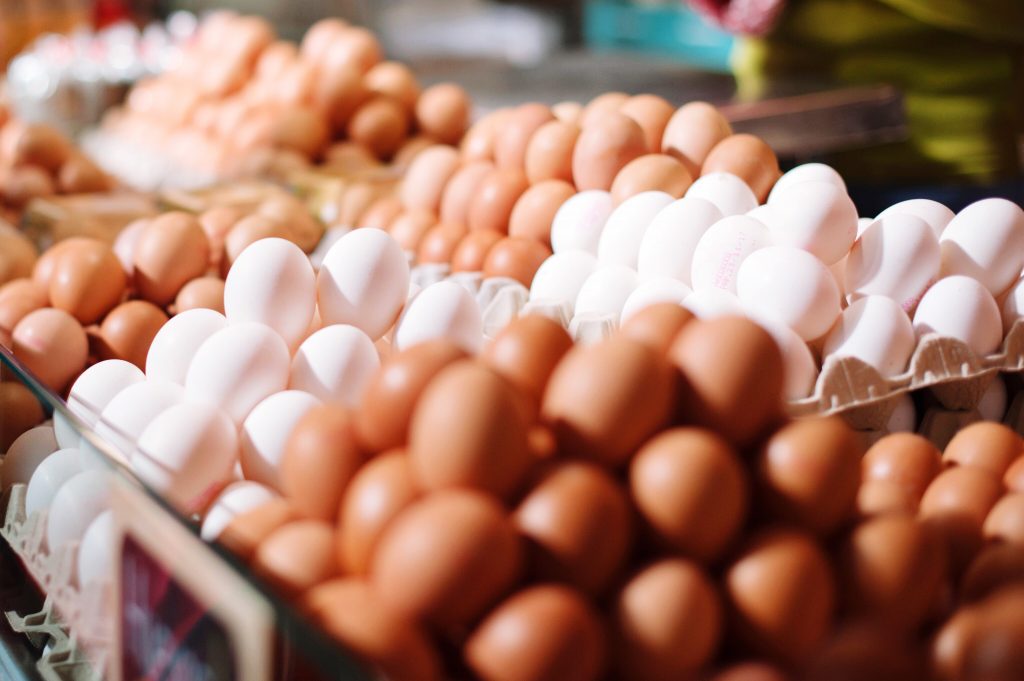22 Jun 3 ways binders based on silicates improve productivity of layers and breeders

Binders based on silicates are widely used in poultry farming nowadays. In recent years, silicate-based products have evolved from focusing solely on the binding of aflatoxins to become complex materials with high binding capacities for all mycotoxins. The latest generation of silicates shows binding rates for difficult-to-bind mycotoxins equal or better than products based on yeast cell wall (i.e. zearalenone ≥83%, DON ≥75%, ochratoxin A ≥72%).
Beyond adsorbing mycotoxins, silicates with high ion exchange capacity have other advantages in layers and breeders feed:
- Increase calcium absorption in intestine
Field trials show that silicates with high ion exchange capacity increase the utilization of dietary calcium. This results in an improvement in egg specific gravity, egg weight, feed conversion and better calcium deposition in bones.
The mechanism of action of this improvement is less known. Some researchers hypothesized that silicates help balance the ratio calcium:phosphorus (excessive phosphorus has a negative effect on the quality of the egg shell). Other researchers say that, thanks to their ion exchange capacity, silicates can modulate excess of sodium content in intestine, favoring the absorption and deposition of calcium. - Adsorption of water and ammonia
Silicates are able to reduce fecal moisture contents of hens by absorbing excess water, which is especially useful in case of digestive diseases that cause diarrhea. Wet droppings increase the incidence of dirty eggs, which in many countries cannot be sold as table eggs.
Silicates can reduce the concentration of ammonia in intestines. Ammonia negatively affects feed intake and laying rate, besides delaying sexual maturity in pullets. Aerial ammonia irritates the respiratory tract and increases the incidence of respiratory infections. - Mycotoxin binding
Aflatoxins, trichothecenes (especially T2/HT2 toxins) and ochratoxin A are the most harmful mycotoxins for laying and breeding hens.- Effects on the hen: Delayed sexual maturity; reduced laying rate and feed intake; worse feed conversion; mouth ulcers.
- Effects on the egg: Increased incidence of egg shell defects and watery albumen. Decreased egg weight and less relative weight of the yolk.
- Effects on day-one-chicks: weaker animals, reduced immunity, higher mortality during the first week, bone defects.
To sum up, when choosing a mycotoxin binder for layers/breeders feed, it is very important to take into account its ability to bind aflatoxins, trichothecenes (especially T2/HT2 toxins) and ochratoxin A.
If it is a silicate, we know now that it can bring additional benefits to our farm, and therefore it is necessary to choose one product with high ion exchange capacity in order to enhance the utilization of dietary calcium and bind toxics like ammonia.

Certain health statements may not be applicable in your region.

